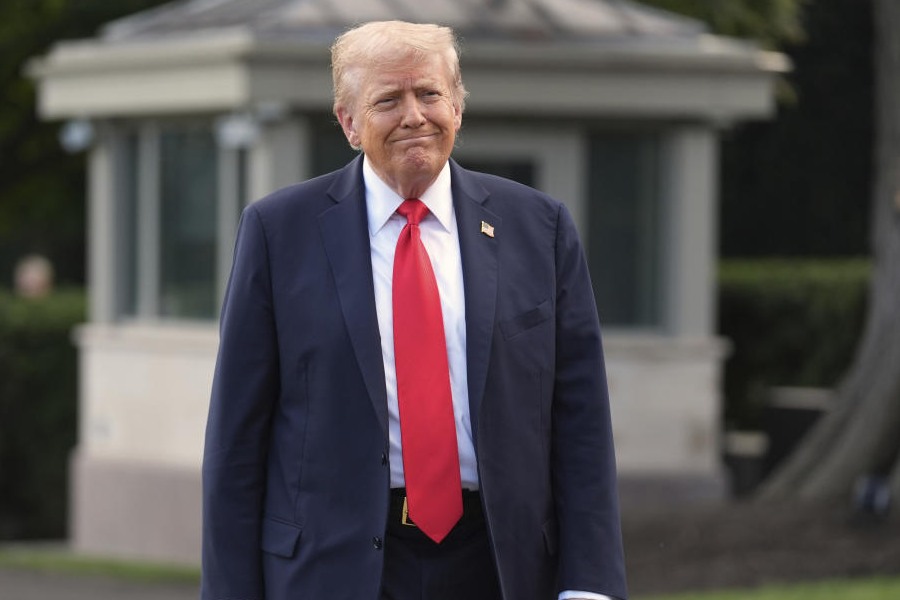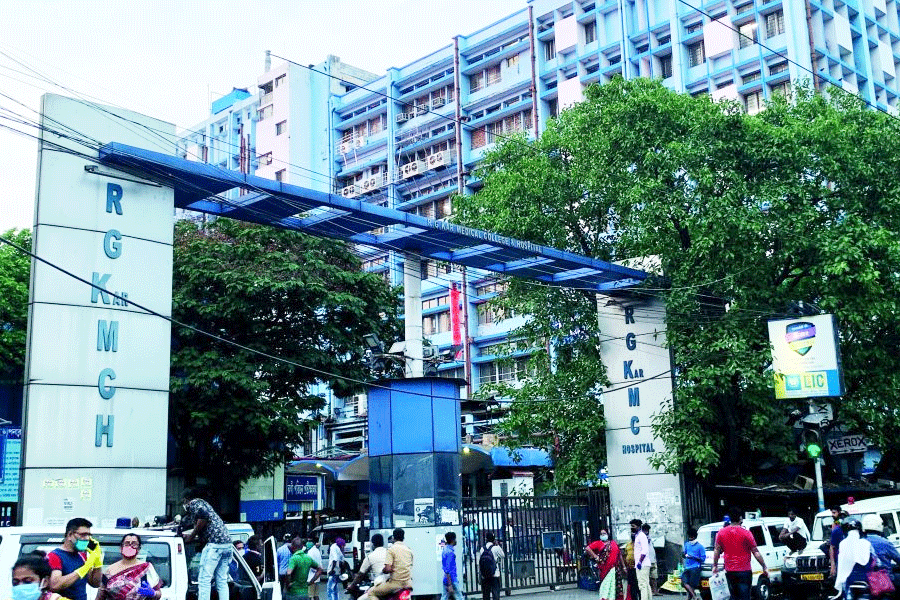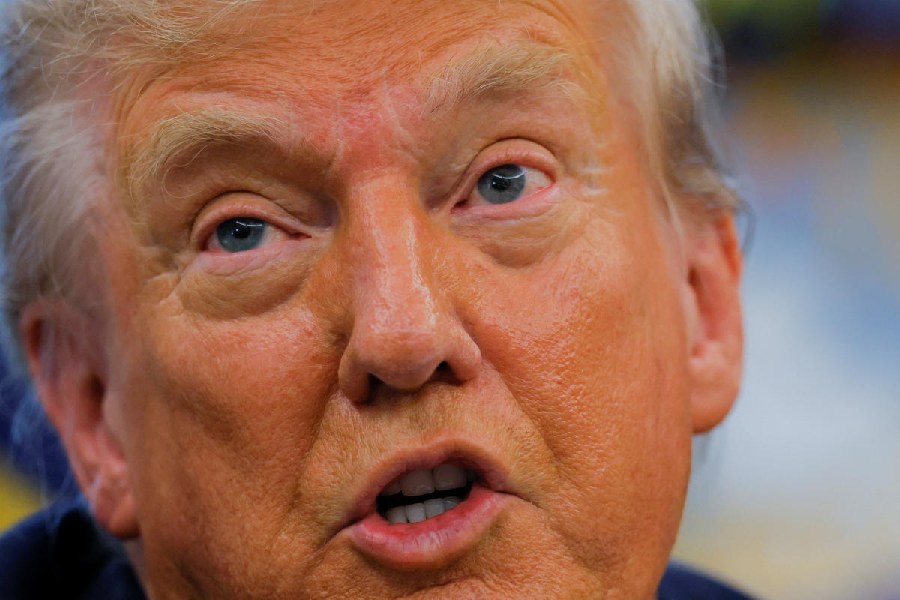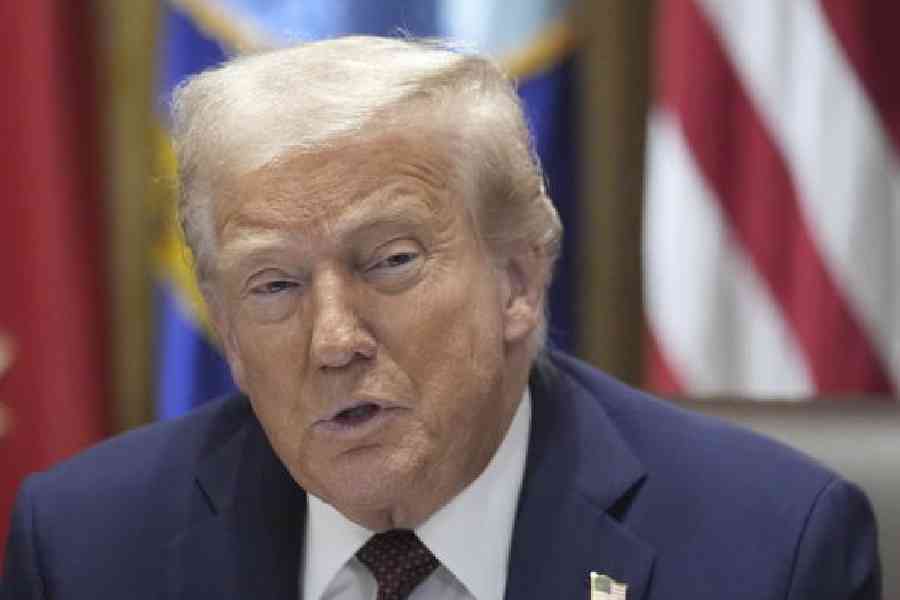 |
A patient walks into a chemist’s shop and asks for a drug prescribed by a doctor for a worm infestation in the stomach. The chemist hands over a sedative. Or a patient asked to take an antibiotic for a bacterial infection receives an anti-allergic drug from the pharmacy. Sounds dangerous? It is. And it may happen any day anywhere in the country. Not because of a wrong prescription, not because the chemist can’t read the prescription properly, and not because anyone wants to hurt anyone.
Patients in India may nevertheless end up receiving wrong medicine because the brand names of many drugs sold across the country are very similar and, in some cases, identical. For instance, three drug companies are using the brand name ‘AZ’ for three different drugs. One company markets an antibiotic called azithromycin under the brand name AZ, another sells an anti-allergic compound called ceterizine also named AZ, and a third one markets a drug called albendazole which acts against worms, also as AZ.
“The right brand name but the wrong drug can pose serious health hazards to patients,” cautions Dr Chandra Gulhati, editor of the Monthly Index of Medical Specialities (MIMS), India, an independent drugs journal. A pregnant woman asked to take azithromycin for an infection may end up taking home the drug called albendazole, which is banned for use in pregnancy because of the risk it might pose to the foetus. Both drugs are sold as AZ.
If a chemist doesn’t look hard enough, or if a doctor has misleading handwriting, a patient prescribed one antibiotic sold under the brand name, Tocan, may be sold an anti-fungal agent sold under the brand name Tocon. In one experiment designed to test the risk of receiving wrong medicines, a decoy patient carried a prescription for an anti-epilepsy drug sold under the brand name of Lona by a Chennai-based company. The chemist handed over a low sodium salt, with the identical name produced by another drug company.
An editorial in the latest issue of MIMS India says the country’s 17,000 drug companies produce nearly 40,000 brands of just 450 drugs and companies may be running out of brand names. “Given the large number of brands, there is a shortage of unique, distinct names,” says Gulhati. Drug companies tend to look for easy-to-remember brands derived from the generic, or chemical, names of the drugs. So, while one company sells albendazole as Alzol, another company sells the sedative alprazolam as Alzot.
A drug company has the right to market a drug under its own brand. Just 300 companies account for 70 brands of a common painkiller, and 80 brands of an antibiotic called ciprofloxacin. “It is impossible for us to remember the names of all brands in the market,” says a chemist at a retail pharmacy in New Delhi. When in a hurry, a single misplaced letter could mean trouble. Sivoxol is a combination of three drugs used to treat asthma, while Sivozol is a combination of two antibiotics. The ability of a chemist to spot the difference between the X and the Z is all that might keep consumers from getting the wrong drug.
There are also concerns about how well a typical chemist can interpret a doctor’s handwriting. One senior doctor recalls an incident where he had recommended a blood test to a 72-year old man. The test was to measure the value of an enzyme called serum amylase, which would signal the health of his pancreas. The man returned a couple of days later and showed his test results to the doctor — not serum analysis, but semen analysis.
Even paediatric formulations aren’t free from such confusion. Drugs with very similar names have different ingredients. The root of the problem is that Indian laws do not make it mandatory for anyone to register trade names of any item in India whether, as the MIMS India editorial points out, it’s for “a pen or a pill.” Drug regulatory authorities approve drugs on the basis of their generic, or chemical names, and then issue licenses for manufacture.
They do not track the brand names of drugs. However, just as in the case of other consumer items such as air conditioners or cars or watches, brand names of drugs may be registered with the Trade Marks Registry. When a brand is not registered, different companies can sell different products under identical names.
However, even when a company has registered a brand, another company may use the same brand for another class of products. So while one company has registered Lona as a low sodium salt, it’s perfectly alright for another to market an anti-epileptic drug as Lona. Some doctors believe that it might help if medical practitioners spend time to explain to patients what drug they are to take for what illness.
“Ideally, doctors should write the generic name of the drug along with the brand name on the prescription,” says Dr Suresh Gupta, head of the department of pharmacology at the All India Institute of Medical Sciences, New Delhi. However, independent drug analysts warn that it would be “highly dangerous” for consumers if they go to a chemist’s shop with a prescription containing generic names of drugs. For then, a retail chemist might pick and offer consumers whichever brand gives the chemist the highest profit — and that brand need not always be the best in terms of quality.
While a long-term solution may lie in introducing laws to govern brand names of drugs, in the interim, it might be worthwhile for patients to ask questions from doctors, understand what drugs they are receiving and ensure that they get exactly those drugs from the retail chemist.











